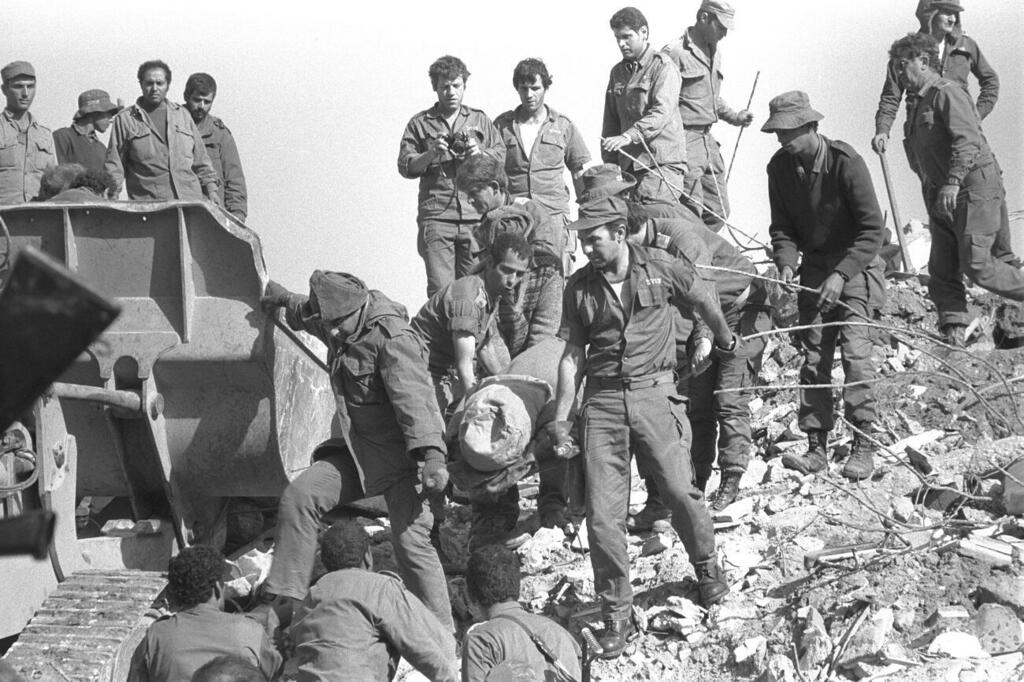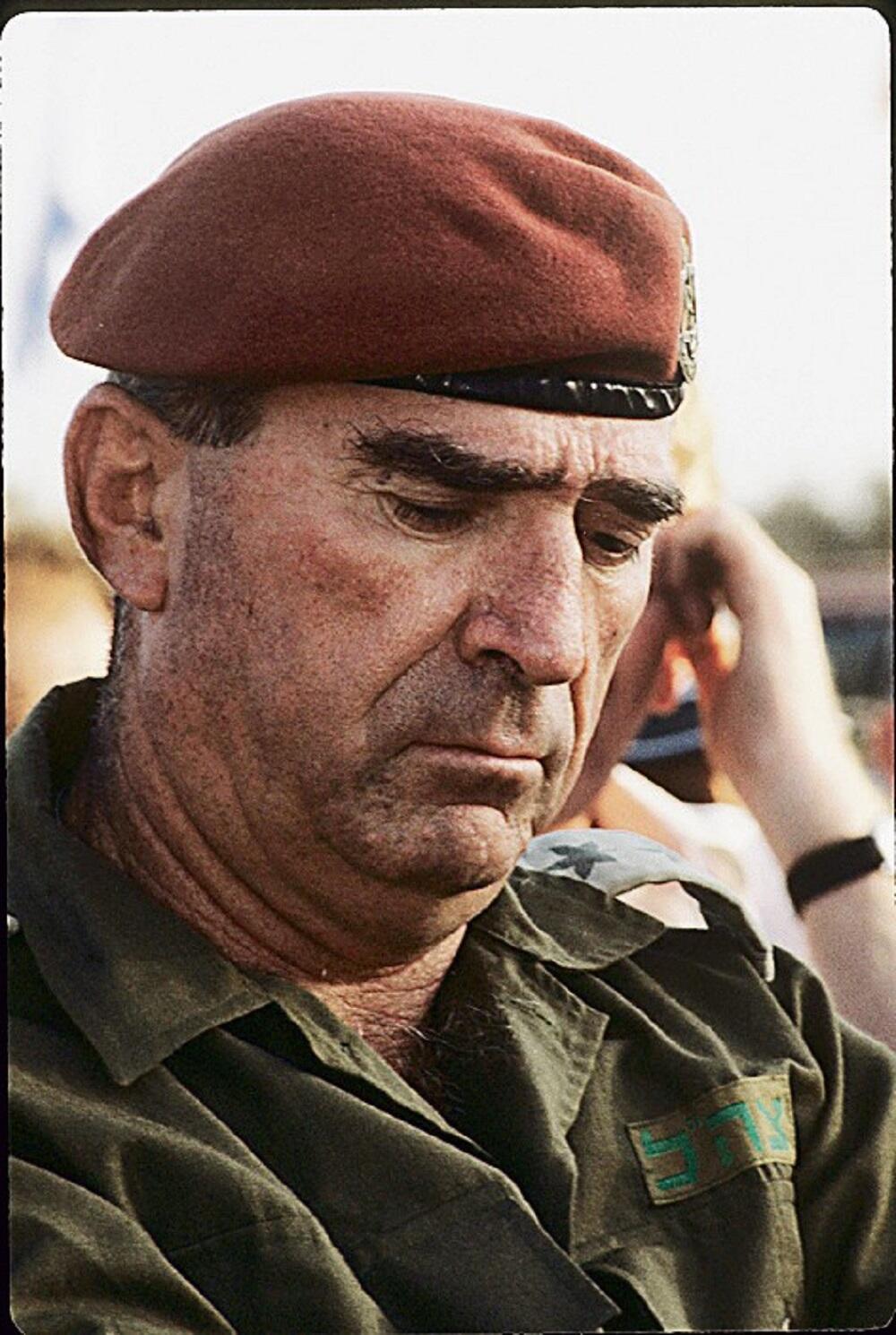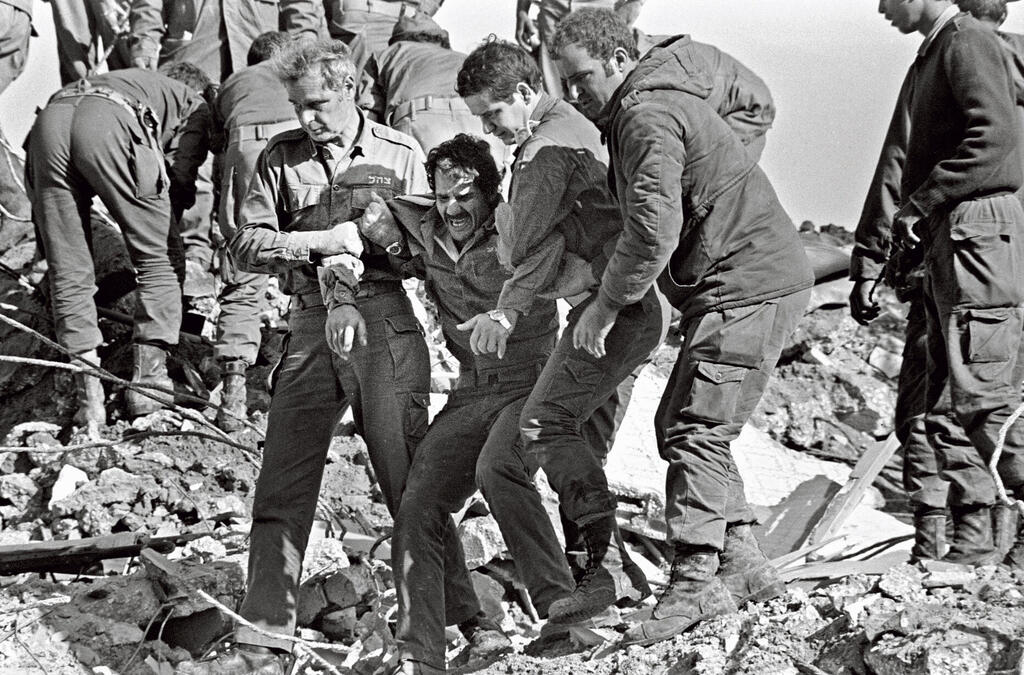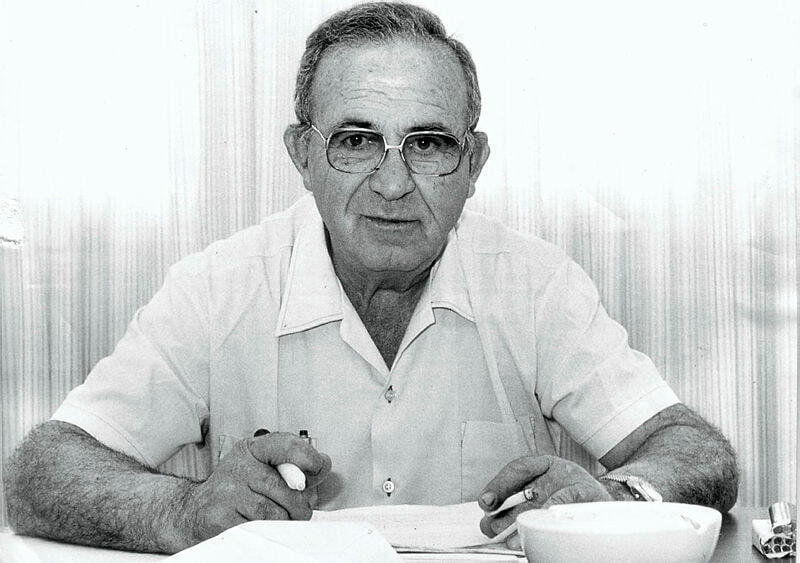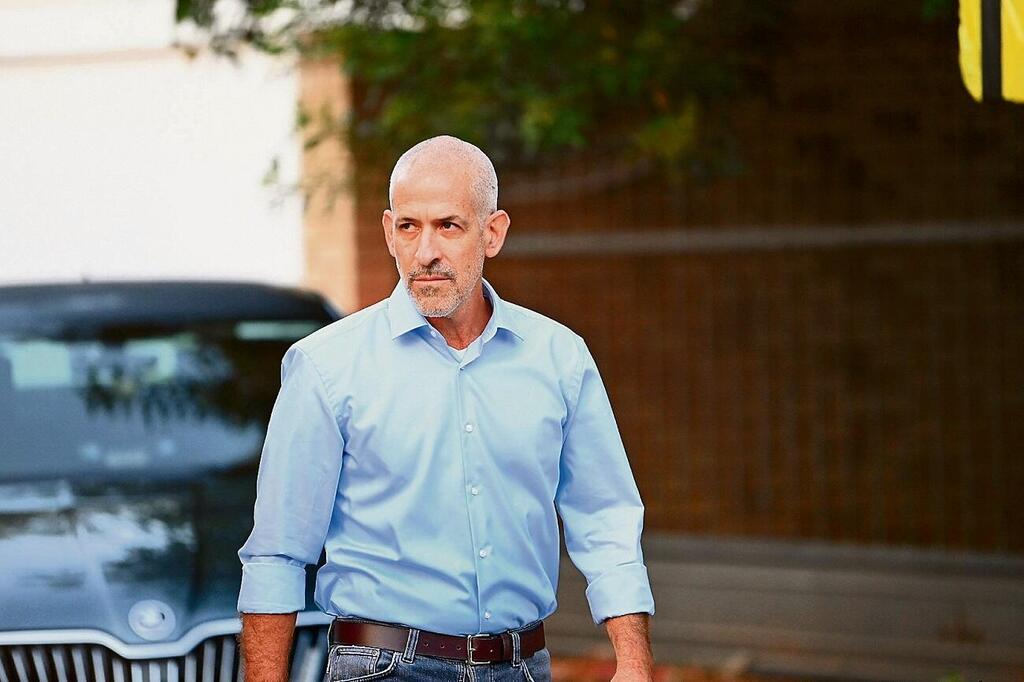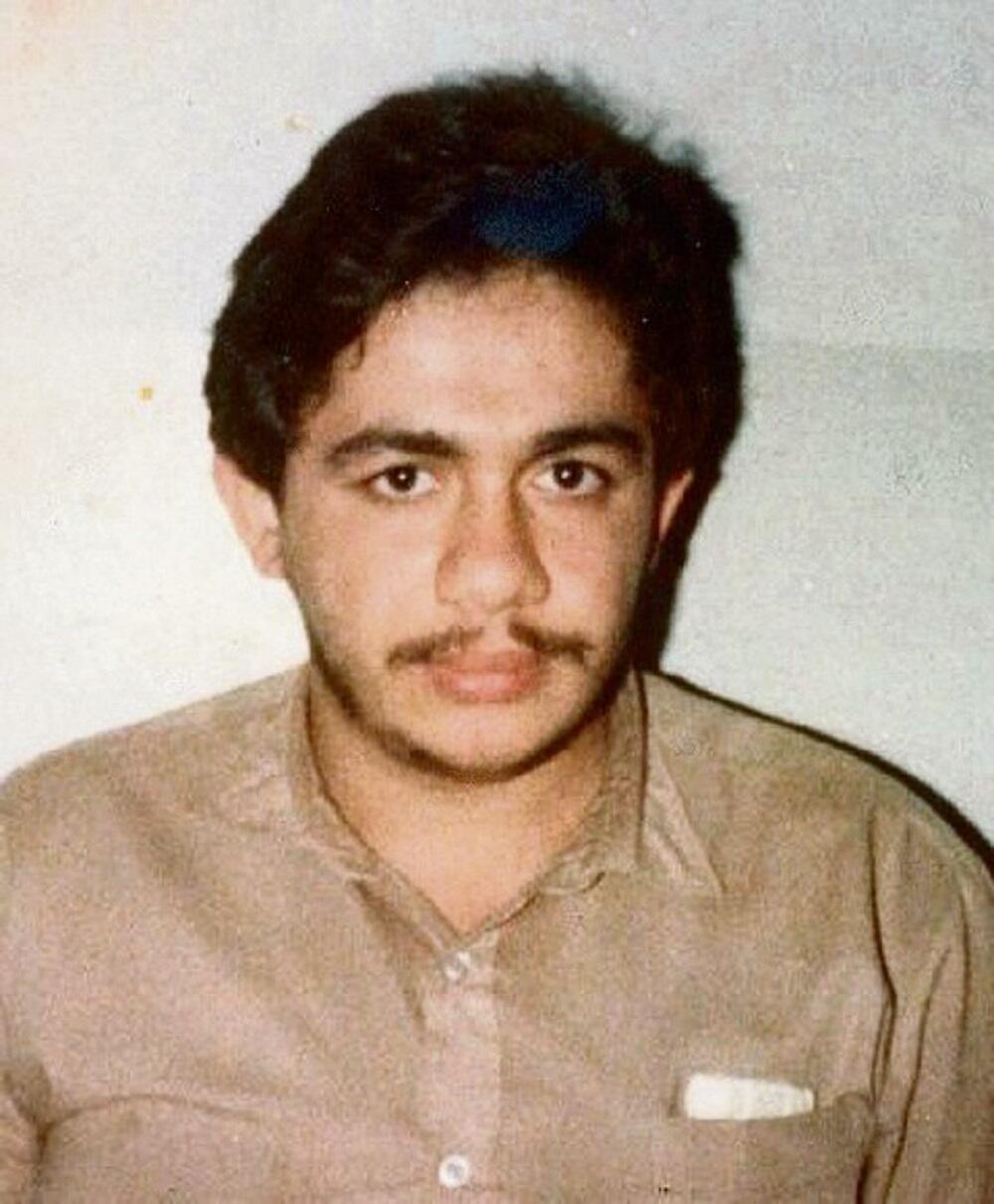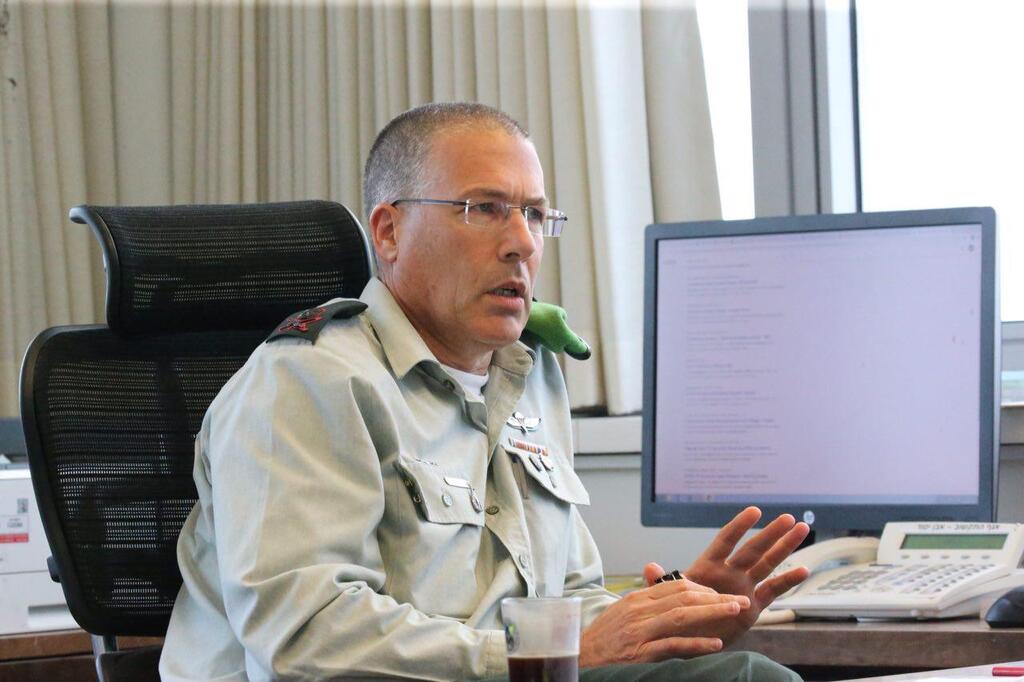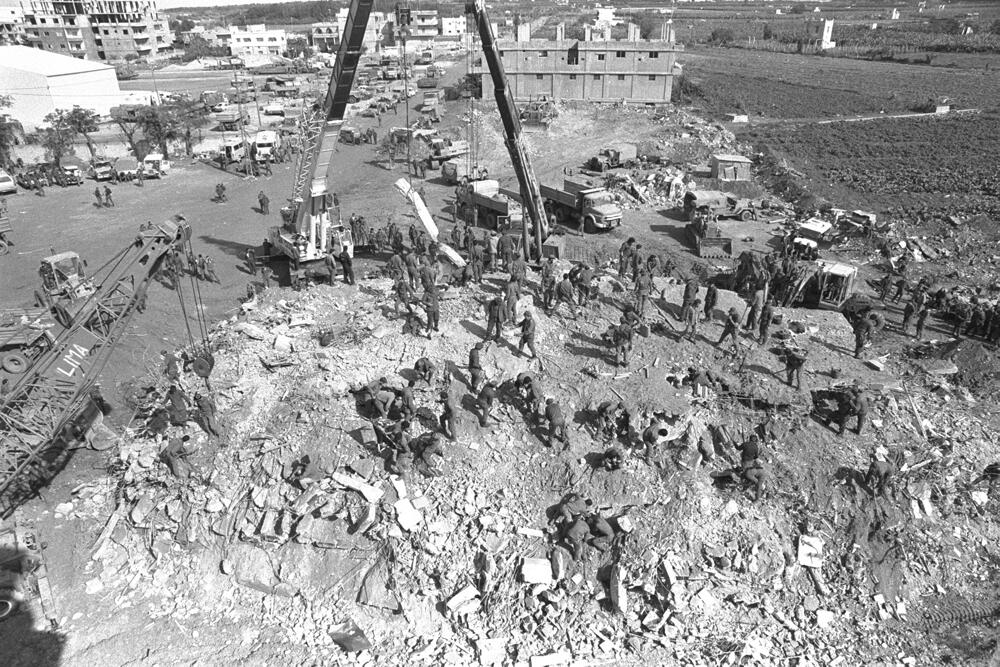Getting your Trinity Audio player ready...
Forty-two years after a deadly blast in Lebanon's Tyre that left 77 Israelis dead, a newly established IDF inquiry committee, prompted by investigations by Ynet's sister publication Yedioth Ahronoth, concluded on Wednesday that the disaster was caused by a car bomb—the first suicide bombing outside of Iran—rather than a gas balloon explosion as previously believed.
The Tyre disaster occurred on November 11, 1982, when the Israeli military administration building in the southern Lebanese city of Tyre was destroyed. Initially, it was believed that the explosion, which killed 77 Israeli soldiers, border policemen and Shin Bet operatives, was caused by a gas leak that ignited gas balloons in the building. Fifteen Lebanese detainees were also killed alongside the Israeli casualties.
9 View gallery
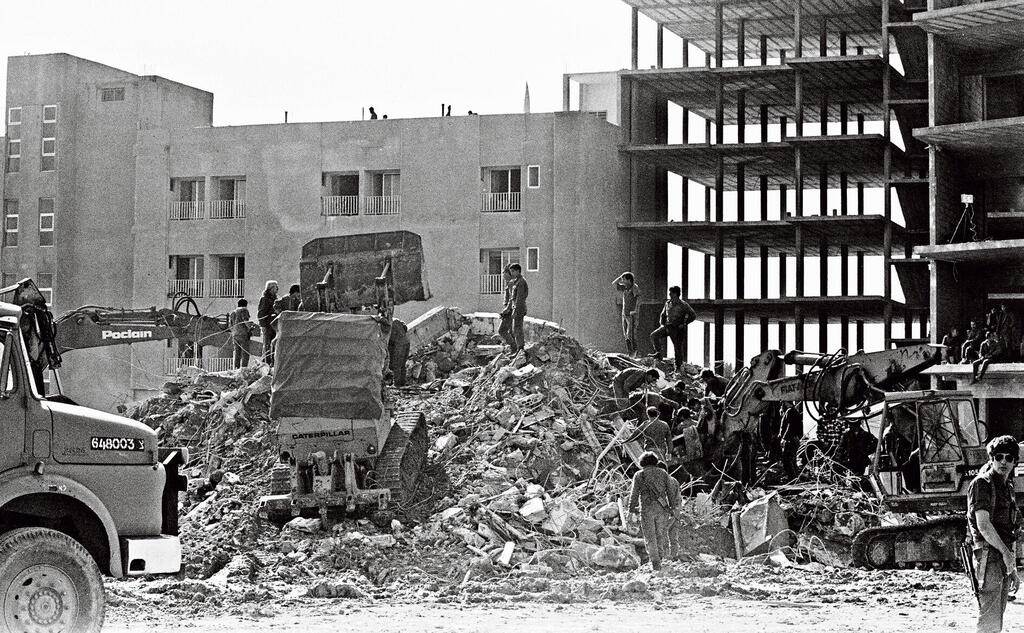

Israeli military administration building in the southern Lebanese city of Tyre after 1982 suicide bombing attack
(Photo: GPO)
Twenty-four severely injured individuals were rescued from the rubble in a complex operation that took place after the collapse and under heavy rain, all of them seriously wounded both physically and mentally.
However, new findings from the recent inquiry have determined that the explosion was a result of a deliberate car bomb attack, redefining it as the first recorded suicide bombing outside of Iran.
The complementary committee investigating the Tyre disaster was established at the initiative of Shin Bet Chief Ronen Bar, and was headed by Major General (ret.) Amir Abulafia, who previously served as the head of the IDF Planning Directorate. The committee continued the work of the preliminary investigative committee led by S., head of a Shin Bet department with a rank equivalent to that of a Major General in the IDF.
The findings were extensively presented Wednesday afternoon to the bereaved families, ahead of the official declaration by the State of Israel that the disaster was a nationalist attack and not an accident.
The committee concluded that the massive explosion was caused by a suicide bombing—the first of its kind in the history of the Arab-Israeli conflict in the Middle East—carried out by a terrorist named Ahmed Qasir.
According to the committee's findings, in November 1982, the bomber drove a car loaded with explosives into the military government building in the Lebanese coastal city, and detonated it inside.
The attack occurred five months after the IDF invaded Lebanon in Operation Peace for Galilee in June 1982. The disaster claimed the lives of 34 Border Police officers, nine Shin Bet agents and 33 IDF soldiers. The 77th fatality among the security forces succumbed to his injuries three months after the incident.
In the initial hours following the blast, the incident was widely perceived and recorded as a car bombing. Then-IDF Chief of Staff Lt. Gen. (ret.) Rafael Eitan ordered the establishment of an inquiry commission to investigate the circumstances of the collapse within eight days.
He appointed Maj. Gen. (ret.) Meir Zorea, a highly respected officer and former Knesset member, to lead the committee. In his final report, Zorea noted that "the investigation was conducted under significant time pressure," ultimately concluding in a manner that contradicted numerous testimonies and findings.
According to Zorea, the explosion that destroyed the building resulted from the detonation of cooking gas cylinders in the building’s kitchen. This conclusion was convenient for everyone involved—if someone had been negligent in installing the gas cylinders, they too had perished in the disaster.
Concluding that it was a terrorist attack would have directly implicated the Shin Bet for failing to detect and prevent it, and the military for inadequately protecting the building despite warnings about car bombs, especially since the building was surrounded by a cordon.
"The Zorea Committee was given exactly one week to submit its conclusions, and it determined that two main factors led to the building's collapse: an engineering failure due to the structural weakness of the building’s framework, and a volumetric explosion likely caused by a gas leak," Maj. Gen. (ret.) Abulafia, head of the renewed investigative committee, said in a press briefing Wednesday.
According to Abulafia, "a significant investigation by Yedioth Ahronoth, additional reports and pressure from bereaved families led to the reopening of the inquiry—initiated by Shin Bet Director Ronen Bar, who formed new investigative teams."
The families of the victims and the injured fought for years to uncover the truth. They, along with numerous military and intelligence community members, argued in a series of investigations that the disaster was indeed caused by a car bomb. Until that time, such a terrorist event was unprecedented, and senior security officials feared being held accountable for the disaster.
According to a senior Shin Bet official, "Chief of Staff Eitan likely understood very quickly that if this was a terrorist attack, it could cost him his job. The Israeli public would not overlook such a disaster."
In 2022, Shin Bet Director Bar decided to overturn the decisions of his predecessors, who had adamantly maintained that the incident was merely an accident. He established an investigative team to assess whether there was a basis for re-establishing the inquiry committee.
According to a source familiar with its work, the team quickly reached "stark conclusions"—though it was not asked to submit formal findings—suggesting the incident was a terrorist attack and raising concerns of a cover-up. Consequently, the IDF, Shin Bet and Israel Police decided last year to form a new official investigative committee into the disaster, following "new findings, which were not available to the Zorea Committee and the Military Advocate General at the time, that reinforce the possibility that the building's collapse was caused by a terrorist attack."
Intelligence community members who reviewed the committee's investigative materials said that "it contains startling findings not only about the cause of the tragedy but also about the cover-up and its cost—the second Tyre disaster."
Another blast occurred a year later, by which time there was no doubt that a car bomb exploding near the entrance gate of the IDF and Border Police headquarters caused the deaths of 59 people—28 security personnel and 31 Lebanese detainees.
Senior officials familiar with the committee's work said that it unequivocally confirmed the investigative conclusion that the incident was a terrorist attack, as well as the grim conclusion that had the committee reached the correct conclusions earlier, the second disaster could have been prevented.
S. and Abulafia said that following the submission of the Zorea Committee's conclusions, a Military Police investigation was launched, lasting several weeks and involving the collection of numerous testimonies and evidence from the scene. Contrary to the committee's conclusions, Military Police investigators suggested a real possibility that it was a terrorist attack rather than an accident.
"The investigators had vehicle parts that the Zorea Committee did not have time to examine, as well as numerous witnesses, including Lebanese individuals, whom the committee did not interview," Abulafia recounted.
"Despite the Military Police investigation casting significant doubt on the gas cylinder explosion theory, the military prosecutor who received the investigation results chose to adopt the Zorea Committee's conclusions, saying that the likelihood of a terrorist attack was slim."
The Zorea Committee's report indicated that parts of the building's foundations had been damaged three years prior to the disaster by a Gabriel missile strike by the Navy, carrying 70 kilograms of explosives. This damage likely affected the building's stability but did not actually collapse its columns.
"It is a challenging and meticulous task to investigate an event that occurred in enemy territory four decades ago," S. from the Shin Bet said. "Most of the witnesses are no longer alive, and high precision is still required to uncover the truth. We utilized extensive knowledge gained by the police from investigating bombings in the 1990s, knowledge that Israel did not have in the 1980s.
"We integrated advanced methods and investigative technologies that were not available in the past, along with revisiting thousands of testimonies and photos taken at the scene, creating advanced simulations and computer reconstructions," continued S.
"We used forensic science, reanalyzing how most of the bodies were affected, with the assistance of the Institute of Forensic Medicine. We discovered that most injuries were caused by blast waves and shrapnel from a volumetric explosion or a high-explosive substance. It's a matter of connecting many loose ends."
One of the central threads involved the remains of the "78th body," found in the building's rubble. Despite there being no missing persons reported in the disaster, a team from the IDF's Missing Persons Unit (Eitan) was enlisted to solve the mystery.
The unit found body parts and sent them for pathological examination. In the year following the disaster, the security establishment determined that this body was "unidentified," but chose to leave it as an open question. Naturally, the findings of the Eitan unit were not transferred to the hasty Zorea Committee.
"The bombing occurred on a Thursday morning, and by the afternoon, the IDF had handed over the bodies of the 15 Lebanese detainees to the Red Cross," Abulafia explained. "We concluded that the remains belonged to the suicide bomber who carried out the attack."
"Later, a street in Tehran was named after him: Ahmed Qasir Street. Hezbollah also marks the day of the bombing, November 11, as 'Martyr's Day' in honor of the first suicide bomber. It's important to remember that at that time, Israel was not aware of suicide bombers; it was an unknown phenomenon," he emphasized.
However, when asked by Ynet and Yedioth Ahronoth whether the military had prepared for the use of vehicles as weapons in southern Lebanon, Abulafia admitted, "Our checks on the intelligence available to the military at the time did reveal warnings, albeit general ones, about car bomb attacks. This phenomenon already existed back then, but not with suicide bombers."
The renewed investigation utilized simulations of the collapsed building, based on its original blueprints and an engineering investigation conducted by expert teams from the Technion and the Hebrew University.
The experts sent their findings for reanalysis and processed them in two different investigative institutes to enhance the reliability of the results. Based on their analyses of the building before and during the collapse, along with re-examined additional evidence, the expert investigators arrived at the following factual picture.
The suicide bomber Ahmed Qasir arrived early in the morning from the north, via the Sidon-Tyre road, driving a white Peugeot 504 manufactured in France. His small car contained a 50-kilogram explosive device alongside several gas cylinders. The terrorist identified an entrance to the ground floor of the large IDF building, which was used as a car repair workshop. Qasir drove his vehicle into the first floor without interruption.
"We heard the loud sound of a car engine, really racing," testified one of the disaster survivors who was standing on the street. "A soldier standing next to me warned that he noticed something strange, but before he could finish his sentence, there was already an explosion."
The four main pillars of the building immediately collapsed, and a bus carrying soldiers in the area was thrown from its position due to the massive blast. Subsequently, the Peugeot's engine was found completely intact, dozens of meters from the building.
The experts examined another critical element that was not considered in real-time: the color of the fire and smoke seen by survivors in the first seconds of the explosion. They also used certain characteristics of bombings from the 1990s, such as smell. The investigators compared the Tyre disaster with data and testimonies from the deadly wave of bombings that struck Israel a decade later. They concluded that some of the gas cylinders in the building did indeed explode and contributed to the severity of the disaster, but the primary explosion was caused by the car bomb.
"There were crushed cars, and in the 1980s, it wasn't known that this was caused by an explosive blast," Abulafia explained. "In the vehicle workshop of the military government building, there were no Peugeot 504 cars, only military vehicles like command cars. We did not address the operational conduct of the forces at that time."
The retired major general mentioned another astonishing detail: as early as December 1982, a Jordanian newspaper reported that the explosion was caused by "a suicide bomber with a car bomb."
"Over the years, Iran officially announced that it was behind the attack, and in the years following, intelligence reports accumulated indicating that terrorists from southern Lebanon carried it out," Abulafia further added.
"We do not have clear information on whether Hezbollah, which was then a nascent terrorist organization, or the Amal organization carried out the attack. To this day, both are 'competing' for the claim of responsibility. We do know that Imad Mughniyeh was involved."
"We knew we were digging into an old scar with explosive findings, so we approached it with reverence for the bereaved families and respect for those who investigated the disaster," S. said.
"We reviewed every detail of the Zorea Committee report, and we can understand in hindsight how they reached their conclusion at the time," Abulafia said regarding allegations of a cover-up. "They had fragments of information, and I cannot say today whether there was a cover-up or not. Undoubtedly, there remain doubts and valid questions."
"We did not find evidence of a cover-up by the Zorea Committee," S. added. "Their committee also examined the possibility of a terrorist attack, and I don't think there was an avoidance of investigating this possibility. It's important to remember that the IDF was then in the fifth month of its presence on enemy soil."
Two similar incidents occurred in the year after the first Tyre disaster. In April 1983, two truck bombs breached the multinational force base in Beirut, exploding and killing 305 people—241 Americans, 58 French and 6 Lebanese. The second Tyre disaster occurred in November of that same year, with no doubt remaining that a car bomb exploded near the entrance gate of the IDF and Border Police headquarters.
"The committee recommended that from now on, this tragic event should be regarded as an incident caused by hostile terrorist activity," read the summary letter. "It should be emphasized that the committee's conclusions do not cast aspersions on previous investigations. The Zorea Committee was required to operate within a very short timeframe, and at that time, there was no familiarity with the threat of 'suicide bombers,' and the Shiite factions in Lebanon were not perceived as a significant threat.
"The Tyre disaster is a regrettable and painful event by any measure, and thoroughly investigating the incident is of great importance. The security forces share the grief of the bereaved families and the disaster's victims and will continue to support them."



